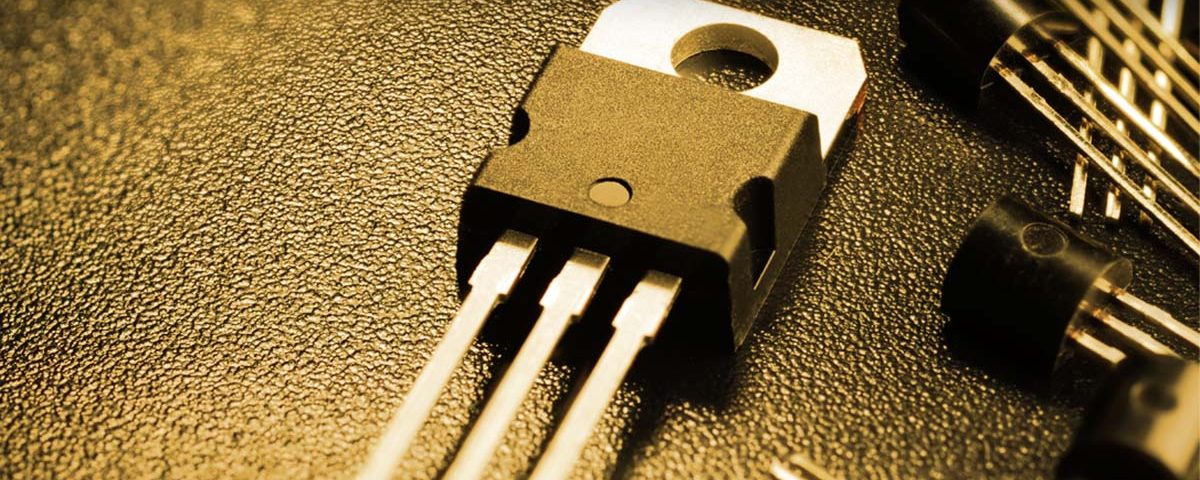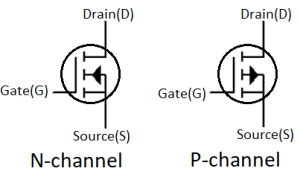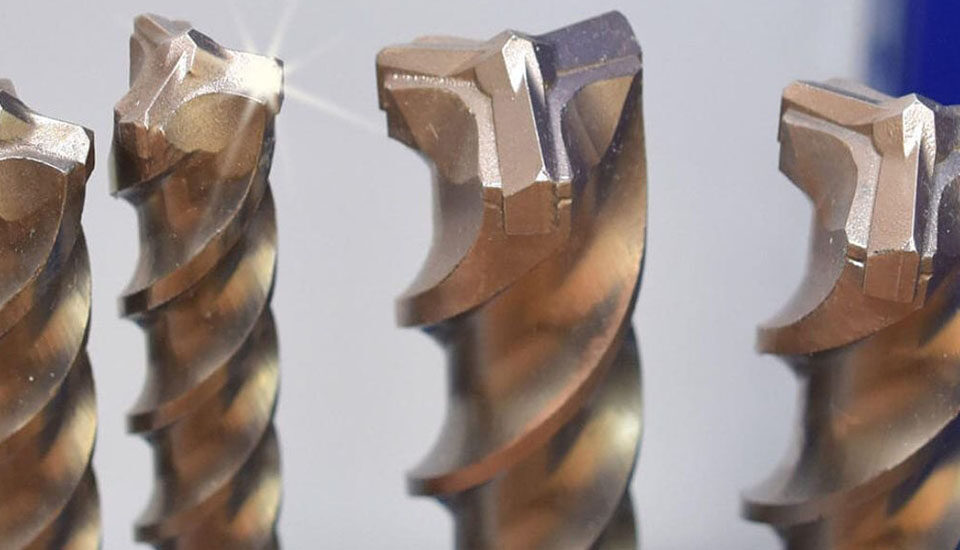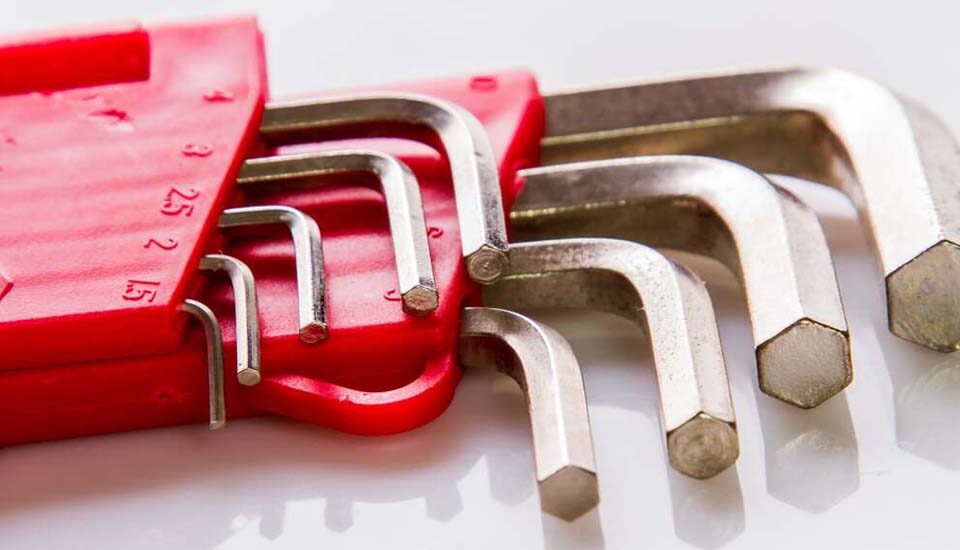What is a MOSFET transistor and how does it work?

MOSFET transistor
The metal oxide semiconductor field effect transistor (MOSFET, pronounced MAWS-feht) is the most common type of field effect transistor (FET). They act as electrical switches and amplifiers that control the amount of current that can flow between the source and drain terminals based on the voltage applied to the input terminal.
The MOSFET is the basic technology for most discrete transistor, digital logic, integrated circuits (IC) and transistor (TFT) LCDs. They are a revolution in modern electronics and are considered the most productive in human history.
In fact, the MOSFET transistor (Metal-Oxide-Semiconductor Field-Effect Transistor) or MOSFET is a very common type of transistor in electronics, which is used in many electronic devices, including integrated circuits, power, and computers. The MOSFET controls the electric current based on the field effect and performs the switching and signal amplification functions.
History of MOSFET
Early transistors were mostly bipolar junction transistors (BJTs). These were relatively large and difficult to mass produce and miniaturize. The principles of the field-effect transistor were theorized in the 1930s and 1940s, but no practical devices were built. In the 1930s, the ability to grow an insulating silicon oxide layer on semiconductor silicon was demonstrated.
The invention of the MOSFET is credited to Mohammad Attala and Davon Kahang when they successfully built the first working prototype at Bell Labs in November 1959. From the 1960s onwards, the MOSFET rapidly increased in popularity, replacing older technologies such as vacuum tubes and BJTs.
It paved the way for integrated circuits and the modern information age, and is the most produced in human history at billions of dollars per modern processor.
What is the main structure of Mofest and how does it work?
The main structure of MOSFET consists of three layers: source layer, gate layer, and drain layer. Between the gate layer and the bottom layer, there is a semiconductor layer (silicon), which acts as the main component of the transistor. This semiconductor layer is separated from the gate layer by a single layer of oxide (silica).
When a positive voltage is applied to the gate layer, the charged electrons in the semiconductor layer move to the underlying layer. This state puts the switch in the ON state and the current between the source layer and the underlying layer passes through electronic data in this state.
With the opposite reaction, i.e. applying zero voltage on the gate layer, the MOSFET switches to the OFF state and the current between the source layer and the bottom layer is cut off.
MOSFET consists of four terminals: source, drain, gate and base. Usually the base is connected to the source terminal. The substrate, source and drain include positive or negative semiconductors. The metal gate terminal (or conductive silicon) is separated from these by a non-conductive oxide layer. By applying a voltage to the gate, it changes the electrical properties of the semiconductor, either allowing or blocking the flow of electricity between the source and drain.
Why do they use Mofast?
Power MOSFETs are used to control high current or power in circuits. These are packaged as single transistors and are common in applications such as switching power supplies and motor controllers. Since there is a high current control capability in these MOSFETs, they can be used for applications that require high power and accurate current control.
MOSFET ICs are used when many MOSFET transistors are placed on a single chip. This can range from a few transistors to billions of individual transistors in more complex chips such as modern CPUs and GPUs. This phenomenon is known as Moore’s law (power of two), according to which the number of transistors in a chip increases continuously. Modern high performance MOSFETs are nanometer in size and may approach several angstroms in the future.
Also, complementary MOS (CMOS) configuration is used in modern chips because of its better power utilization. This configuration allows for better use of transistors and reduced power consumption, which in turn increases the efficiency and performance of MOSFET chips.
MOSFET chips can fit any number of transistors on a single chip (IC), from a handful of transistors to billions of individual transistors in modern CPUs and GPUs. This number of transistors in a chip is known as the number of integrated circuits (IC).
MOSFETs are also used in computer memories, including RAM and ROM. In older SRAM memories, the state of transistors in a flip-flop is used to store a single binary bit. But in modern DRAM memories, the charge of a MOS capacitor is used to store data. Also, modern EPROM, EEPROM and flash memories use floating gate MOSFETs to store data.
MOS capacitors are also used in many types of sensors. In digital imaging, the charge of photons is stored by a MOS capacitor and then read by an integrated circuit (IC), such as CCD or CMOS sensors. MOS technology is also used in biological and chemical sensors and has been noticed in these fields due to its unique features.
How many types of muffs are there?
MOSFETs are produced as N-type and P-type. N-type MOSFET uses electrons as charge carriers and P-type MOSFET uses holes as charge carriers. These two types are different according to the internal structure and chip making.
MOSFETs are used in a variety of electronic applications, including amplifier circuits, switches, power converters, drivers, switching circuits, and power electronics. Also, these transistors are commonly used in integrated circuits and used in semiconductor manufacturing processes such as CMOS.
The widespread use of MOSFET transistors in electronic industries shows its importance in the design and construction of electronic devices and circuits.
MOSFETs can be easily miniaturized and packaged at high densities, making them suitable for integrated circuits.

What are the features of Mofest?
One of the important characteristics of the MOSFET transistor is its high input resistance, which means that it needs a small input current to control the transistor and turn it on or off, which results in less power consumption for the required operation.
Also, the MOSFET transistor has a very high switching speed, which means it can quickly switch between on and off states, which is useful for applications that require fast switching, such as motor drivers, power conversion circuits, and switching systems. the power.
Also, MOSFETs are very suitable for power and switching applications due to their high operating voltage, good heat dissipation, and the possibility of using them in integrated chips. These transistors are widely used in energy industries, power electronics, cooling systems and other applications that require power control.
In short, the MOSFET transistor is used as a key element in electronics. These transistors are used to control current and voltage in electronic circuits and are very valuable in many electronic applications due to their features such as low power consumption, high switching speed and high voltage operation. As technology advances, MOSFETs become available with higher power, higher speed, and smaller physical size, allowing electronic engineers to design more complex and efficient circuits.
As an example of MOSFET applications, we can mention its use in electric motor drivers. In this application, the MOSFET is used as a powerful switch that accurately supplies the current required to control the movement of the motor. Also, MOSFETs are used in amplifier circuits, memory chips, power converters, and other switching circuits.



